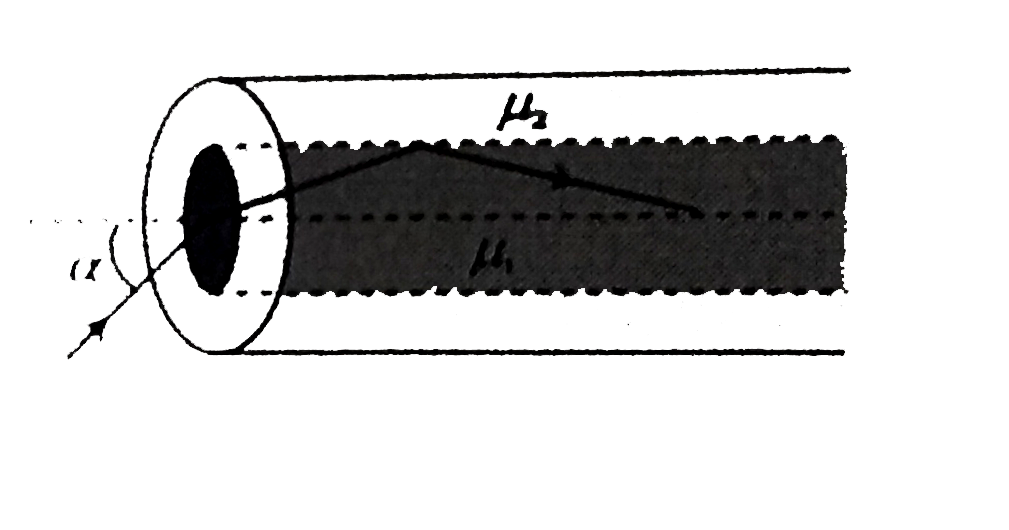A
B
C
D
Text Solution
Verified by Experts
The correct Answer is:
|
Topper's Solved these Questions
RAY OPTICS
ERRORLESS |Exercise Refraction of Light at Plane Surfaces|9 VideosView PlaylistRAY OPTICS
ERRORLESS |Exercise Refraction at Curved Surface|8 VideosView PlaylistMAGNETISM
ERRORLESS |Exercise Assertion & Reason|1 VideosView PlaylistWAVE OPTICS
ERRORLESS |Exercise SET|23 VideosView Playlist
Similar Questions
Explore conceptually related problems
Knowledge Check
A
B
C
D
Submit
A
B
C
D
Submit
A
B
C
D
Submit
Similar Questions
Explore conceptually related problems
ERRORLESS -RAY OPTICS-SET
- An optical fibre consists of core of mu(1) surrounded by a cladding ...
06:46
|
Playing Now - In an astronomical telescope in normal adjustment a straight black lin...
04:34
|
Play - Three lenses L(1) , L(2) , L(3) are placed co-axially as shown in figu...
Text Solution
|
Play - An object is placed at a point distant x from the focus of a convex le...
02:46
|
Play - The diameter of the eye-ball of a normal eye is about 2.5 cm . The pow...
Text Solution
|
Play - In a thin spherical fish bowl of radius 10 cm filled with water of ref...
Text Solution
|
Play - A small fish 0.4 m below the surface of a lake is viewed through a sim...
04:10
|
Play - A water drop in air refractes the light ray as
Text Solution
|
Play - Which of the following ray diagram show physically possible refraction...
Text Solution
|
Play - Following figure shows the multiple reflections of a light ray along a...
Text Solution
|
Play - When the rectangular metal tank is filled to the top with an unknown l...
Text Solution
|
Play - A concave mirror and a converging lens (glass with mu = 1.5) both have...
Text Solution
|
Play - A ray of light strikes a plane mirror M at an angle of 45^(@) as shown...
Text Solution
|
Play - A slab of glass, of thickness 6 cm and refractive index 1.5, is placed...
Text Solution
|
Play - A point source of light S is placed at the bottom of a vessel containi...
04:59
|
Play - A point object is placed midway between two plane mirrors a distance a...
02:58
|
Play - A convergent beam of light is incident on a convex mirror so as to con...
Text Solution
|
Play - PQR is a right angled prism with other angles as 60^(@) and 30^(@). Re...
Text Solution
|
Play - When a ray is refracted from one medium to another, the wavelength cha...
Text Solution
|
Play - Two this lenses, when in contact, produce a combination of power +10 d...
02:52
|
Play - The plane faces of two identical plano convex lenses, each with focal ...
Text Solution
|
Play
